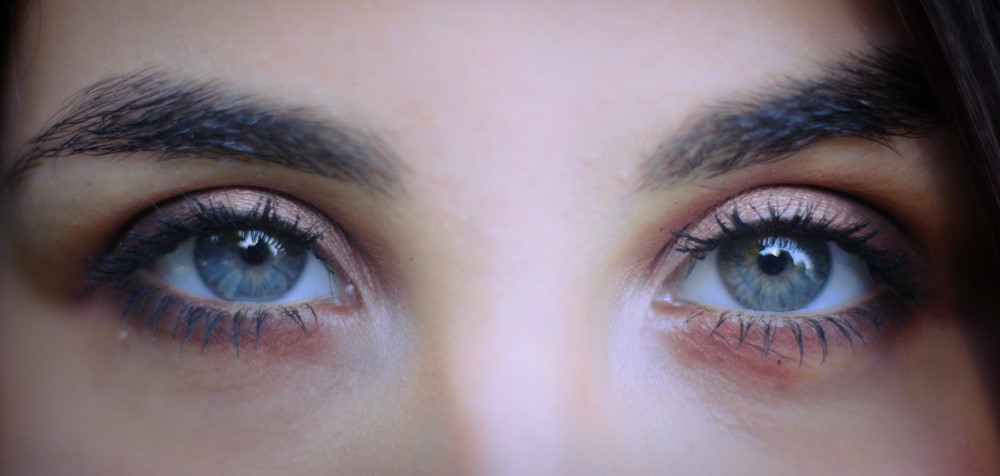Are contact lenses safe?
Contact lenses are small lenses that are placed directly on the surface of an eye so as to correct vision. Contacts have become increasingly popular in recent years due to their cosmetic properties. Though they are very useful, they should be worn carefully as per the instructions for use. Glass contact lenses were first described in 1888 by Adolf Fick and in 1945 Kevin Tuohy produced a prototype of the plastic lens. Since that time technology has advanced and several different varieties of lenses are now produced. The basic requirement for their success is to overcome the effect on oxygen supply to the cornea from wearing an occlusive lens. There are several types of contact lenses that can be grouped into two major categories.
Types of contact lenses
- Rigid or hard lenses – they are made of polymethylmethacrylate (plastic material). They are not permeable to gases or liquids. They cannot be worn continuously because the cornea becomes hypoxic (due to lack of oxygen). They are very difficult lenses to get used to because of their rigidity, however, they are effective in correcting astigmatism (blurring of vision due to a refractive error related to an abnormal curvature of the cornea, the transparent outermost layer of the eye) and are much more durable. Infection and allergy issues are less likely to occur when using this type of lens. They are now less commonly prescribed.
- Soft lenses – these are the most popular lenses. They are permeable to both gases and liquids and, because of that, they are tolerated much better and can be worn for a much longer time during the day. However, soft lenses are less durable, more prone to the accumulation of deposits resulting in infection and allergy, and do not correct astigmatism as well as the harder lenses do. Disposable lenses are soft lenses that are designed to be thrown away after a short period of continuous use. They are popular because no special cleaning is required during this period. However, it is important that the lenses are used as recommended otherwise the risk of complications increases.
Indications for use
These can be considered as either cosmetic or therapeutic (for treatment). Personal appearance and the inconvenience of wearing spectacles are the most common reasons why many people switch to contact lenses. They also may considerably reduce the optical aberrations that are associated with the wearing of high-power glasses, particularly with those, that are sometimes prescribed for patients who have had cataracts removed.
Contraindications
Main contradictions include a history of allergic reactions, dryness of the eyes, or an inability to use these lenses. A trial of lenses may be the only way to know whether it is feasible for a person to wear and manage contact lenses.
Potential complications and safety of contact lenses
Contact lenses are not always safe to wear. One of the common and serious complications of wearing contact lenses is a corneal abscess (collection of pus). This is more frequently seen in elderly patients who have worn soft contact lenses for a long period of time. Certain bacteria can cause corneal damage and even perforation (hole in the cornea). Acanthamoebae (a parasite found in tap water) can contaminate contact lenses and produce severe pain. It is important to instruct all contact lens wearers to avoid rinsing their lens cases with tap water. This should be done only with the use of special contact lens solutions.
Any contact lenses user with red-eye should have the contact lens removed and the eye examined by a doctor to look for any corneal abrasion or abscess. If there is an abrasion or infection the appropriate treatment should be given and the contact lens should not be worn again until the condition is resolved. Appropriate hygiene is essential for contact lens wearers to minimize the risk of infection. It is essential that all contact lens users are aware of associated risks and under the regular care of an ophthalmologist.




























